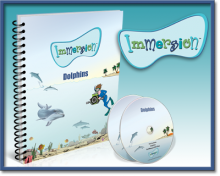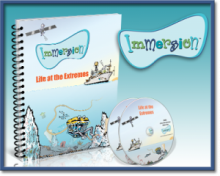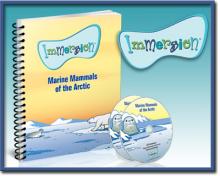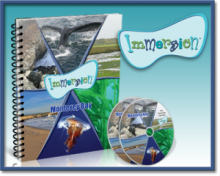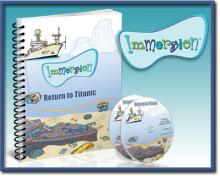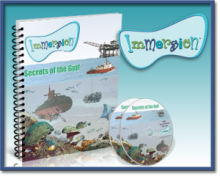Educators
Immersion Learning has developed eight multimedia programs that engage students — both in and out of school — in science, technology, engineering, and math (STEM). Each program includes 8 to 12 hands-on activities, videos, and interactive online resources. The educator pack for each program includes a full-color copy of the print curriculum, a CD containing a PDF version of the curriculum, and a DVD containing corresponding video clips. All print curriculum activities include a youth reading selection, activity masters, and comprehensive educator notes. The reading selections and activities are written at a sixth grade level and can be used with students in grades 1 through 8.

